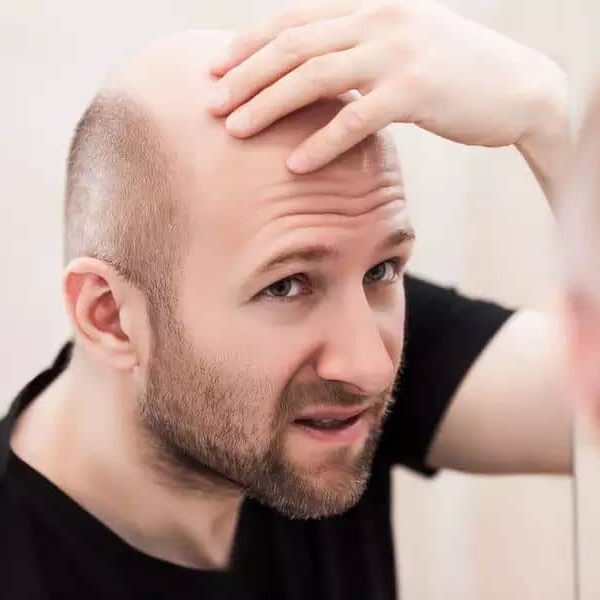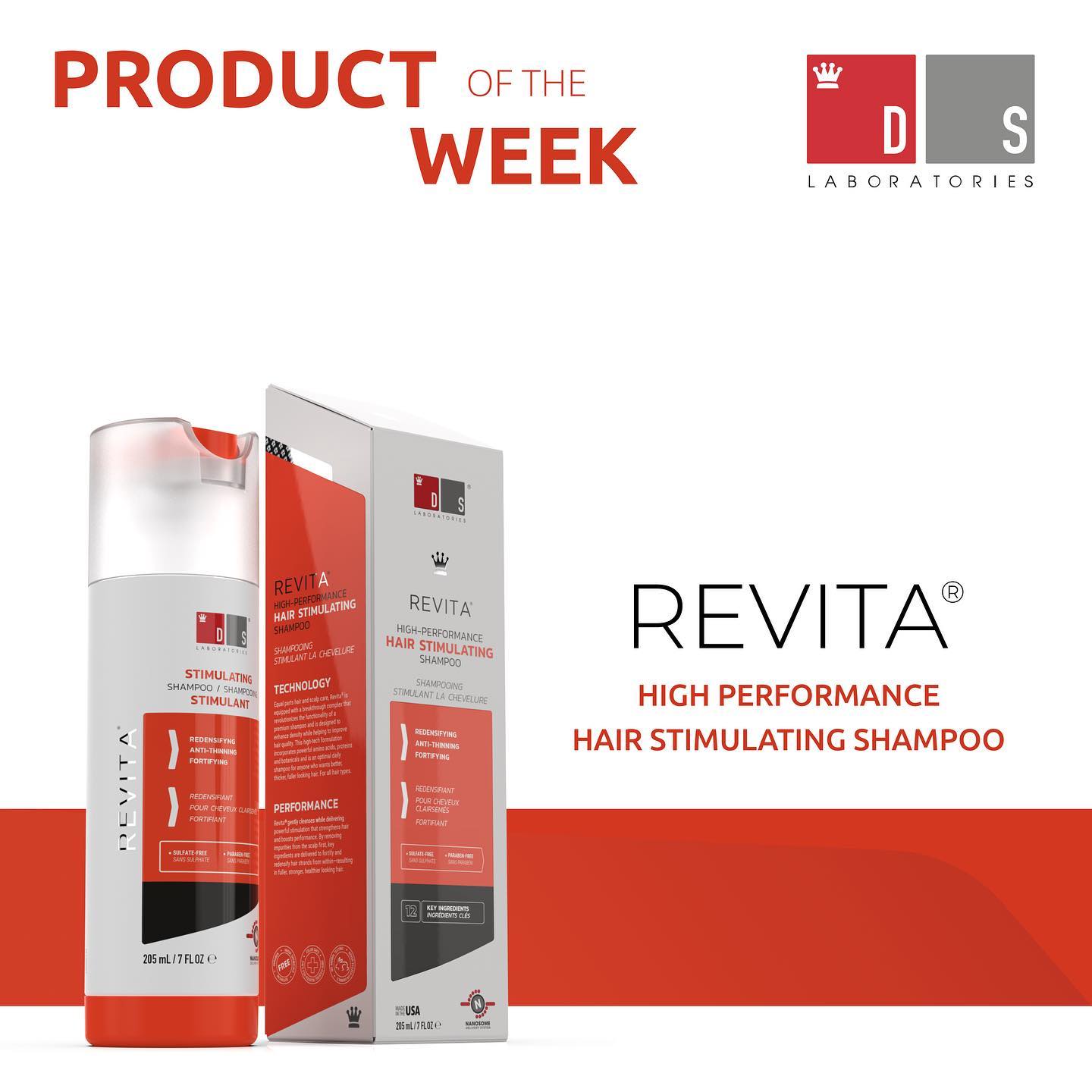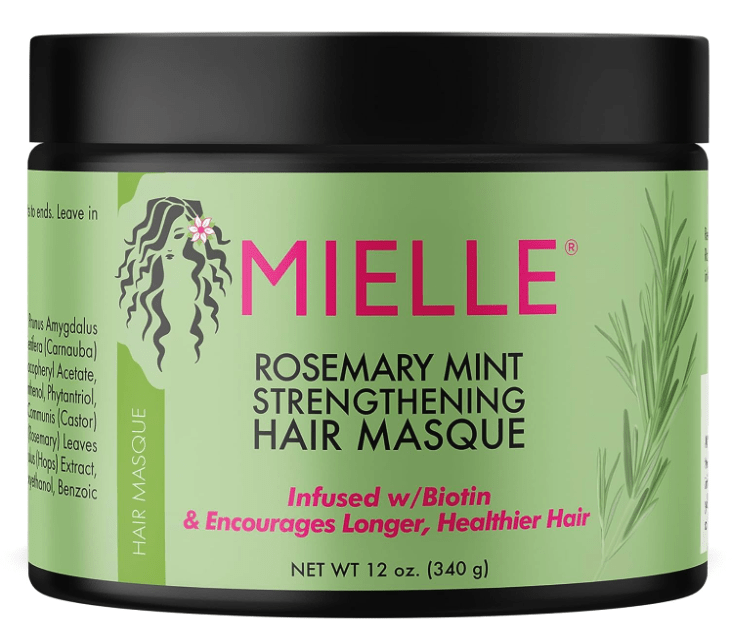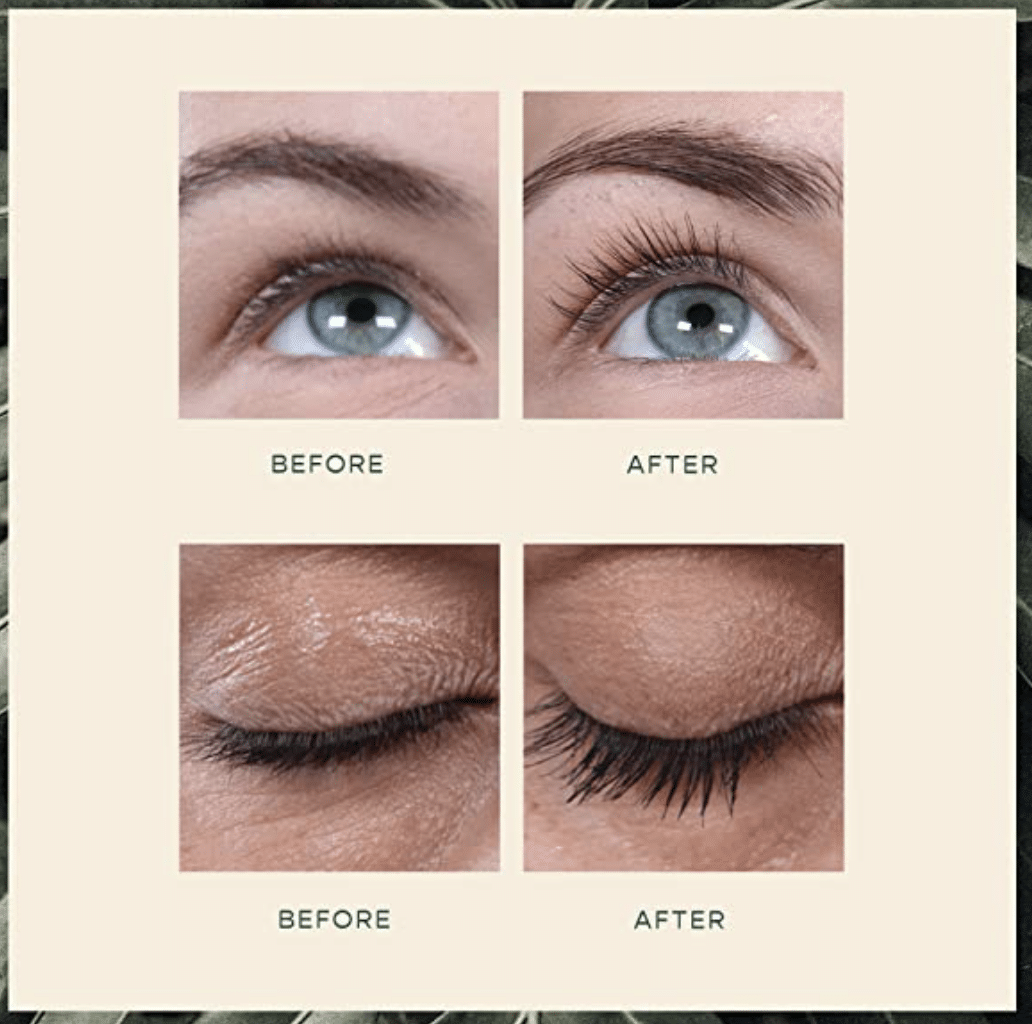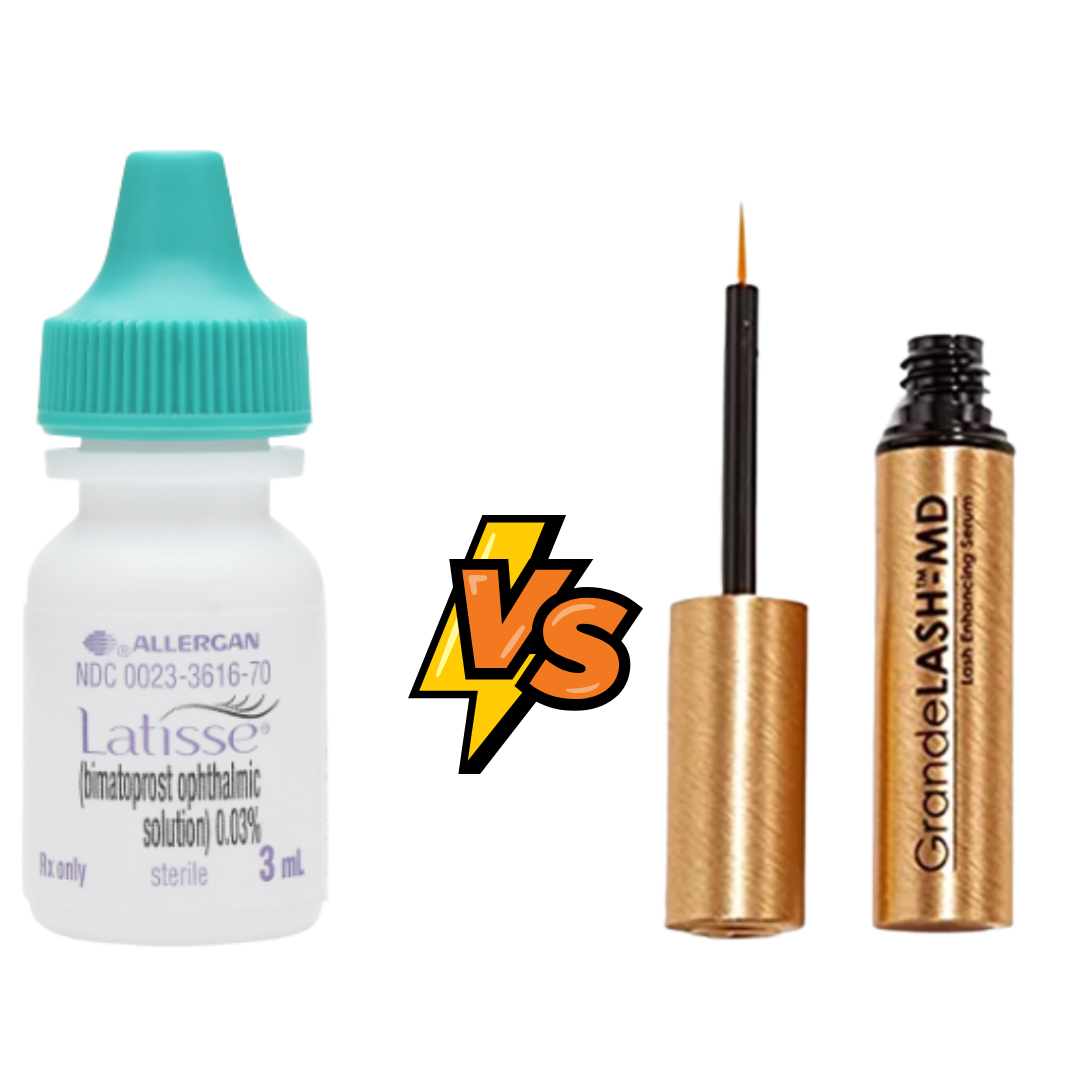When it comes to hair growth, or hair regrowth per se as well, consumers alike search the web to find what the best solution could be to solve the issue they are facing. Treating hair loss is no easy feat and there are hundreds, if not thousands of products in the market that claim to help with hair growth and hair loss.
Minoxidil and Peppermint oil are two ingredients that consumers around the world compare as a way to treat hair loss and stimulate hair growth. If you’ve done research on the topic, you will rapidly come across one of the main ingredients worldwide that treats hair loss to stimulate hair growth which is MINOXIDIL.
Minoxidil is the main ingredient by-products like Rogaine, which is known and used around the world by men and women for hair regrowth. If you go to a dermatologist, there’s a chance they will recommend the use of minoxidil to treat hair loss and begin a hair growth treatment.
On the other hand, you have another ingredient that is not as commonly known for hair regrowth which is peppermint oil. Peppermint oil can cause a cold, tingling feeling when it increases circulation to the area it’s applied to. This can help promote hair growth during the anagen (or growing) phase. One study found that peppermint oil, when used on mice, increased the number of follicles, follicle depth, and overall hair growth.
MINOXIDIL VS. PEPPERMINT OIL FOR HAIR REGROWTH:
So, that’s a brief background on both of these ingredients when it comes to hair growth. But now, let’s do some comparison.
A study published in Toxicological Research suggests that a peppermint oil solution promotes hair growth. The peppermint oil used performed better than minoxidil. It’s important to note that minoxidil is in fact one of two drugs approved by the FDA in the US.
There are not many studies one can find on Peppermint oil for hair growth but when it comes to Minoxidil, you’ll find a good amount of information.
In a one-year observational study, 62 percent of the 984 men using 5% minoxidil reported a reduction in hair loss. As for hair regrowth, the drug was rated as “very effective” in 16 percent of participants, “effective” in 48 percent, “moderately effective” in 21 percent, and “ineffective” in 16 percent.
PEPPERMINT OIL VS. MINOXIDIL SIDE EFFECTS:
Peppermint Oil:
- allergic reactions.
- burning mouth syndrome.
- diarrhea with anal burning.
- flushing.
- headache.
- heartburn.
- mouth ulcers.
- rash.
Minoxidil:
- severe scalp irritation;
- unwanted growth of facial hair;
- chest pain, fast heartbeats;
- swelling in your hands or feet, rapid weight gain;
- a light-headed feeling, like you might pass out;
- headache, dizziness, confusion; or.
- flushing (warmth, redness, or tingly feeling).
PEPPERMINT OIL VS. MINOXIDIL FOR RECEDING HAIRLINES
It is widely known that minoxidil does NOT work for receding hairlines. Minoxidil is used to treat the vertex area of the scalp. When it comes to peppermint oil, essential oils such as that, have shown some promising signs of hair regrowth.
CONCLUSION
It is worth trying Peppermint oil as a very easy way to start treating hair loss for hair loss stimulation if you’re at the early stages to see if this simple essential oil with react well with your genetic make-up to actually stimulate hair growth.
If that doesn’t work, Minoxidil is always another good option to stimulate hair growth. Using both of these together can be the winning formula for you, maybe. However, be prepared to deal with possible side effects.
ALTERNATIVES TO PEPPERMINT OIL AND MINOXIDIL:
One great alternative to these options is Nanoxidil, which can be found in the products Spectral.DNC-N and Spectral.CSF by DS Laboratories. Nanoxidil is a novel ingredient to treat hair loss and stimulate hair growth with no known side effects.
Try it:

